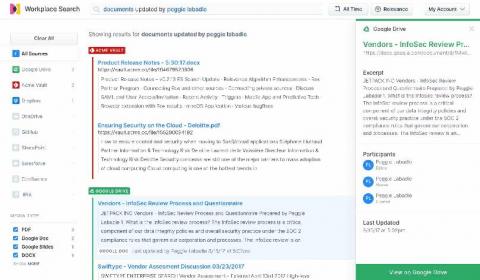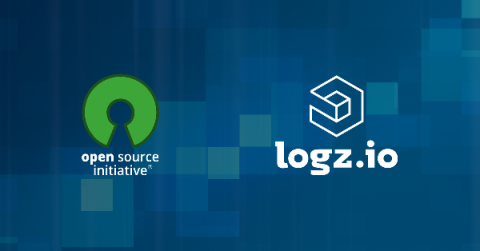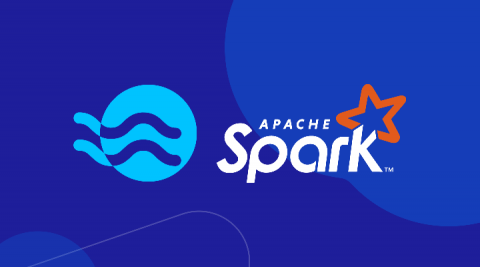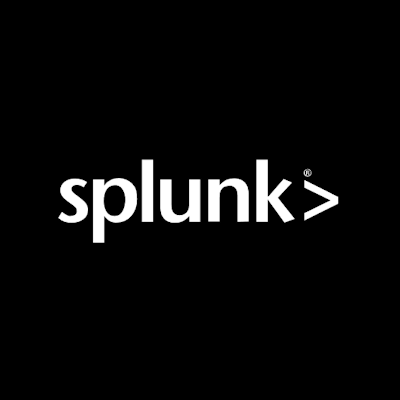How To Determine When a Host Stops Sending Logs to Splunk...Expeditiously
So I've only been at Splunk for 8 months, and in the short amount of time I've been here, one of the most common questions I've been asked is “How do I get an alert when Splunk is not receiving logs?". As a matter of fact, if I had $0.05 each time I was asked this question, I would have $0.25! Surprisingly, with this being such an often-asked question, I haven't been able to find much documentation on how to accomplish this using the native features of Splunk.










